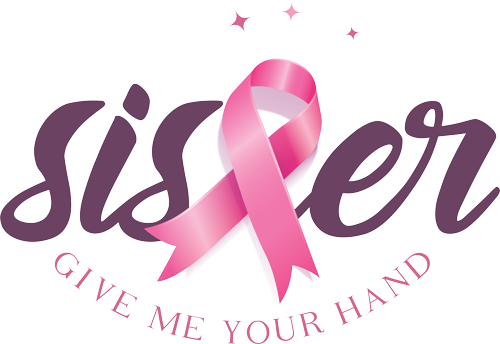Frequently Asked Questions
A mammogram is an X-ray of each breast. Mammograms are used to detect tumors that are too small to be felt by you or your healthcare provider.
During a clinical breast exam, your healthcare provider will visually and manually examine your breasts for lumps, skin changes, and nipple changes.
If you are a woman at average risk for the disease, you should begin screening at age 40. If you are a woman at high risk, you will need to be screened earlier.
If you are a woman at average risk for the disease, a mammogram, and clinical breast exam should be completed on a yearly basis. If you are a woman at high risk, you may need to be screened more frequently.
Yes. Most people diagnosed with breast cancer have no known family history.
If you are pre-menopausal, schedule your screening the week after your menstrual period, as your breast may be less tender. Also, do not wear deodorant, powder, cream, lotion, or ointment, as these substances can show up on the X-ray as a breast issue. If you have had any breast exams in the past, bring your results. This included tests, such as mammograms, ultrasounds, MRIs, and biopsies. If you have any new breast problems or symptoms, be sure to notify your medical provider, prior to your appointment as you may need additional testing.
Your mammogram will be performed by a technologist, known as a mammographer. The mammographer will use a low-dose X-ray machine to generate an image of your breast tissue. You will be asked to hold your breath, while the platforms or paddles compress each breast for 20-30 seconds. Images will then be sent to and inspected by a radiologist, who will then determine if additional testing is required.
Age, personal history of breast cancer, family history of breast cancer, gene mutations, early menstruation, late menopause, age at first pregnancy, being overweight or obese, and radiation exposure.
Maintain a healthy weight, eat a healthy diet, exercise, and avoid alcohol.
Breast symptoms include: a lump in the breast or armpit, redness, swelling, orange-peel texture, and/or skin dimpling
Nipple symptoms include: discharge, pulling, change in direction, ulcer, and/or scales








